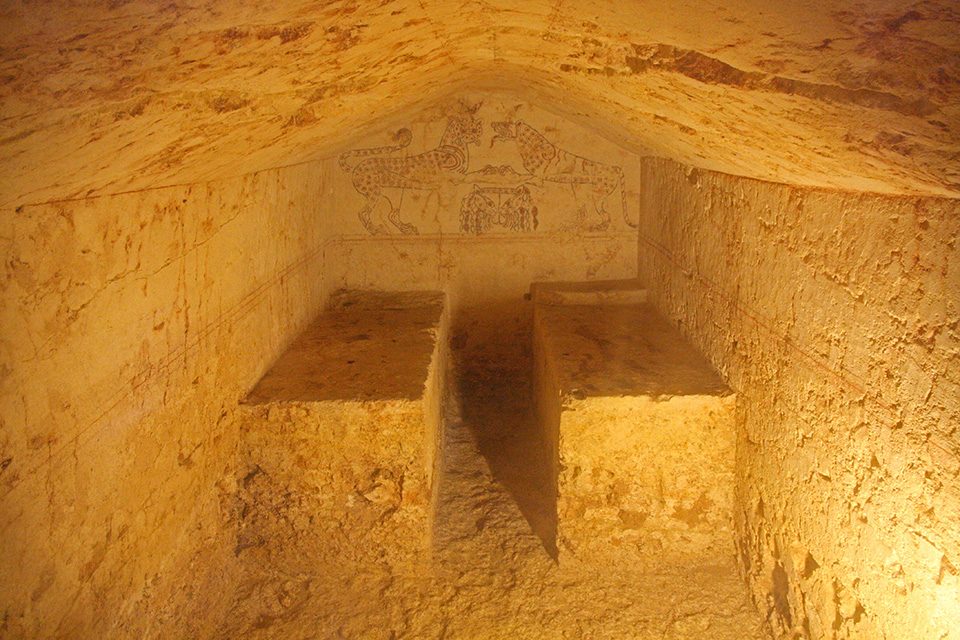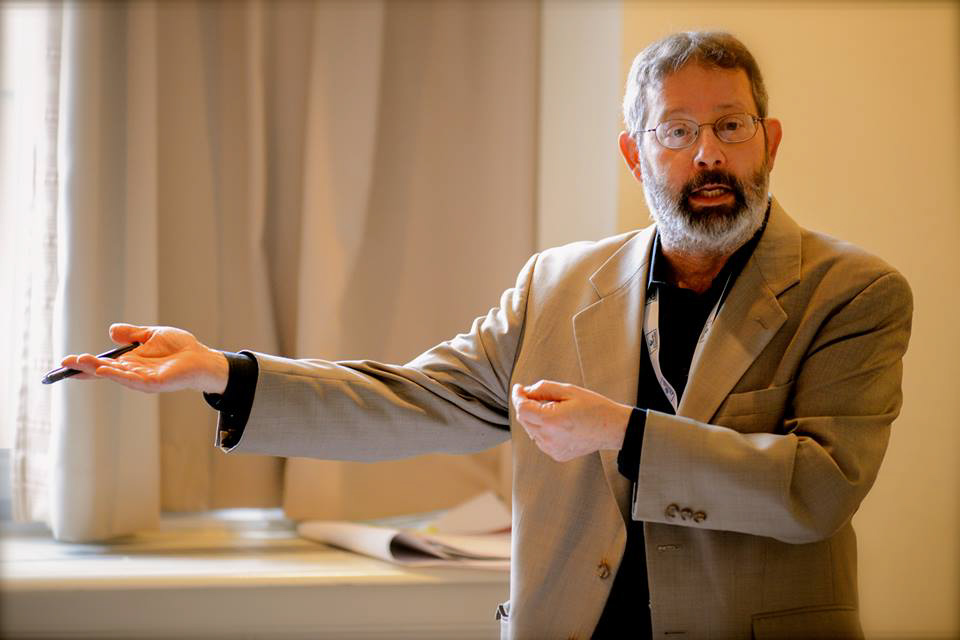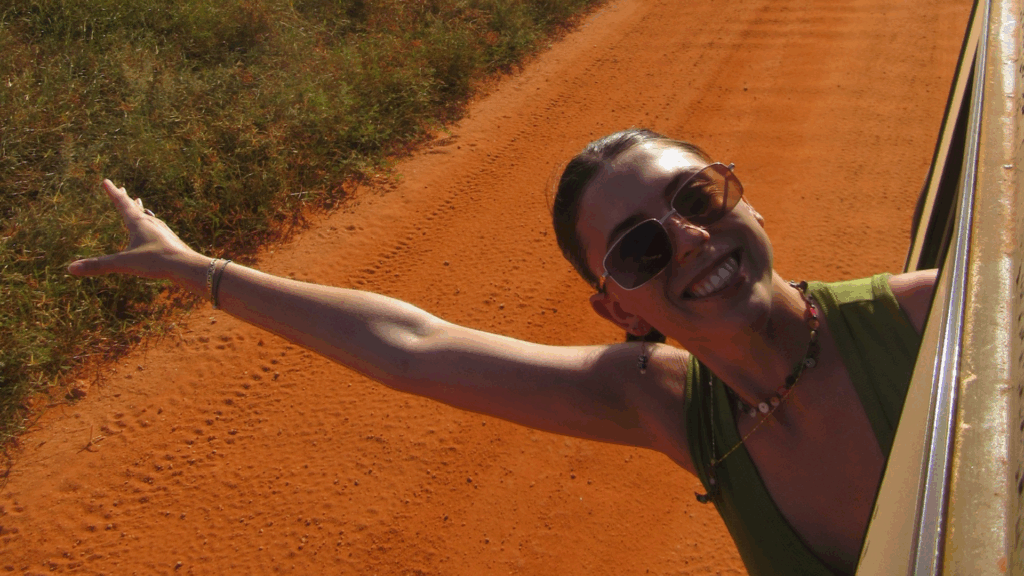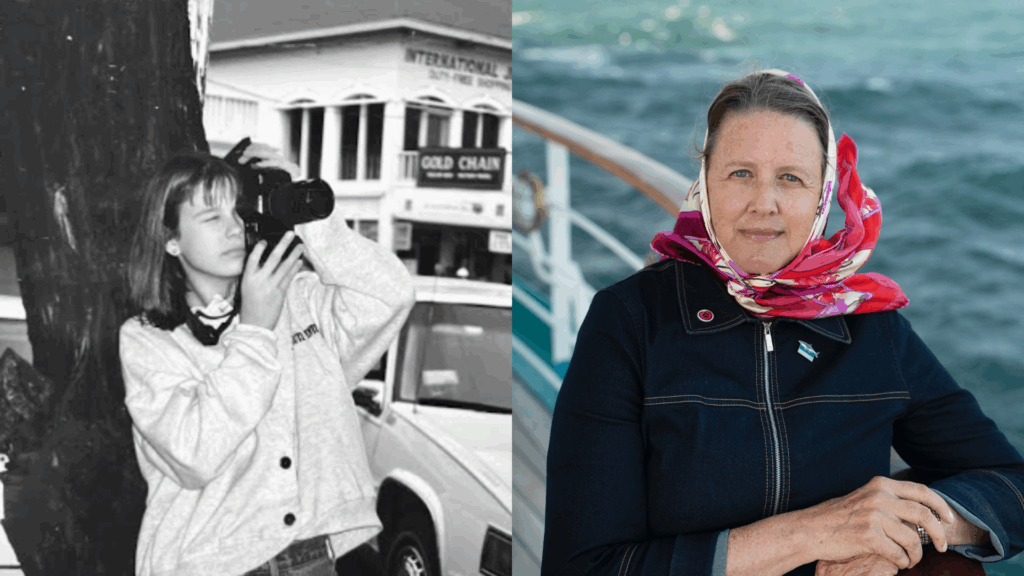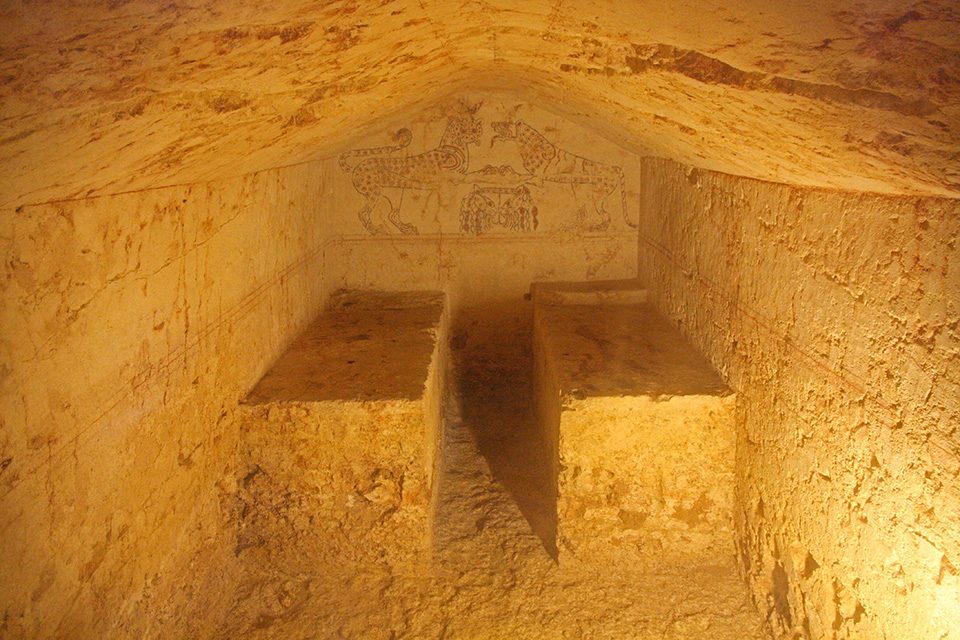
Prof. Peter Krentz began his guest appearance in Prof. Mark White’s International Trade and Finance class with a modern lesson on the illegal trade of ancient object found in Italy.
The story starts with Pasquale Camera, an enormous man of nearly 400 pounds. He was not wearing his seat belt when his car crashed in 1995, and his death led to the uncovering of an enormous smuggling operation of ancient objects dug up illegally by tombaroli (tomb robbers).
For context, Krentz explains that in 1970, the UNESCO Convention on Cultural Property tried to curb the international trade of illegally excavated objects, on the grounds that objects found within a country should remain there and not be sold or traded around the world.
Inside Camera’s car, the glove compartment specifically, the police found recent photos of illegally excavated objects. They alerted the Carbinieri’s Art Squad, and after just a few weeks they had begun to uncover a vast organization of smugglers; they even found a chart outlining the who’s who from the top art dealer down to midnight diggers. Ultimately over 100,000 objects were found, primarily in Switzerland, which some experts believe to be valued at an estimated half a billion dollars.
Professor Krentz details for the class the elaborate schemes employed to validate the objects, from forged documents, to circular buying and selling practices. All this was done so the objects could then be sold to private collectors and even famous museums such as the Getty in Los Angeles and the Metropolitan in New York, both of which have recently returned antiquities to Italy.
After hearing this recent and sordid history, students are eager to see the tombs at Tarquinia, one of the most probable looting sites.
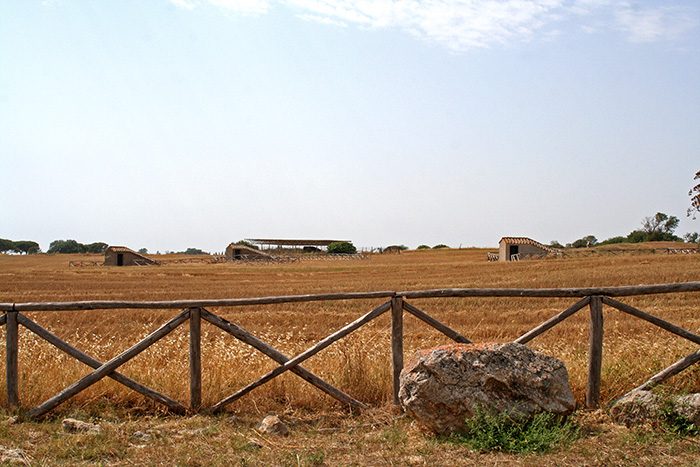
As we drive along one-lane dirt roads we can see the coast in the distance. The golden fields are spotted with small doorways. These are the tombs of Tarquinia; it’s clear why this is a UNESCO World Heritage site, as tomb entrances seem to be everywhere we look.
Students follow a guide on a private tour of the tombs, including many that are not regularly open to the public. Inside the tombs are elaborate paintings depicting dreams of the after life. The tombs are large enough to be filled will pots and precious metal objects, now in museums around Italy.
As we pull away, it’s hard not to think about how many more tombs must be undiscovered, and what future archeologists with their advanced technology will be able to tell us about the ancient Etruscan people. That is if the tombarolidon’t find them first!
